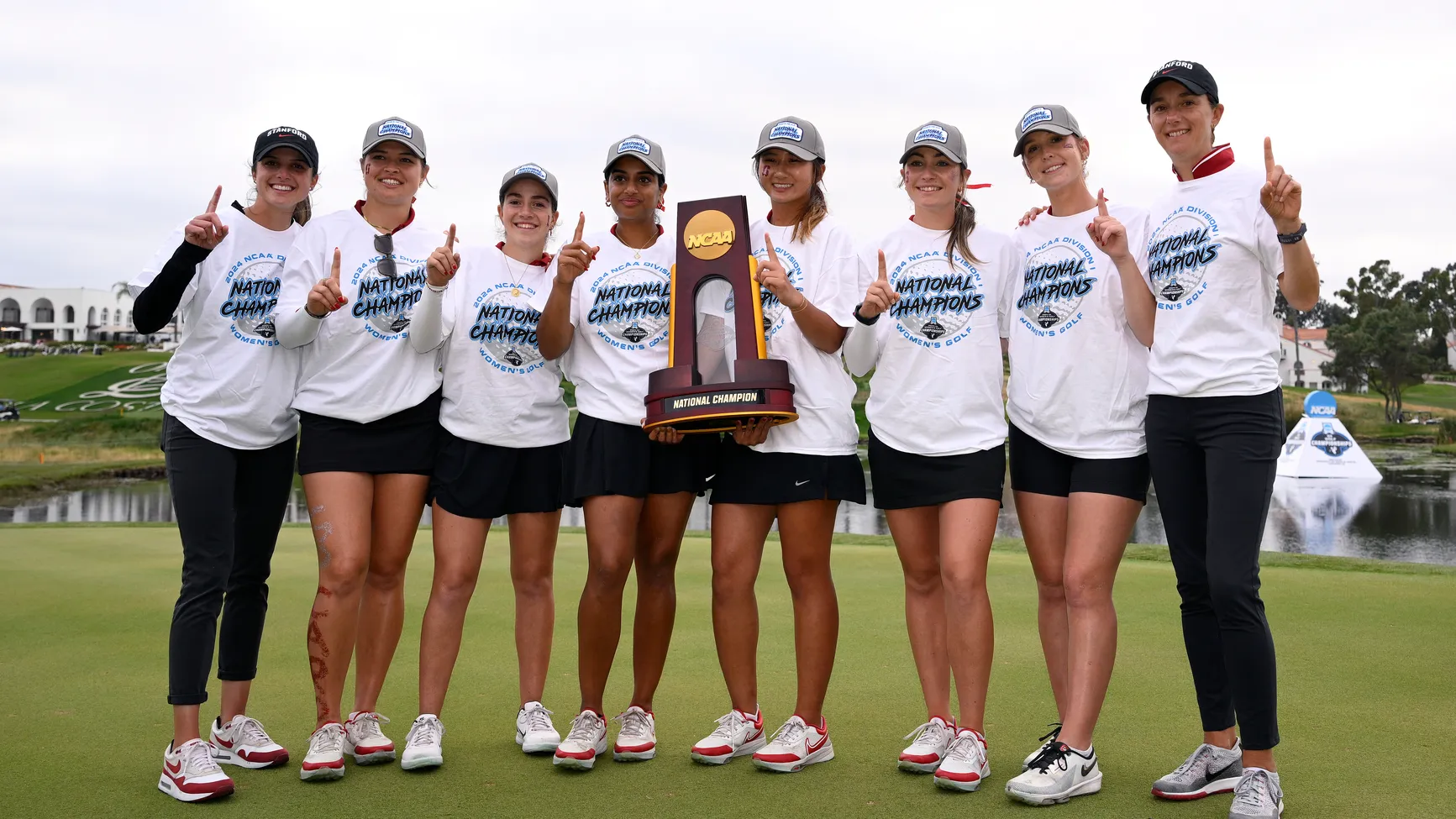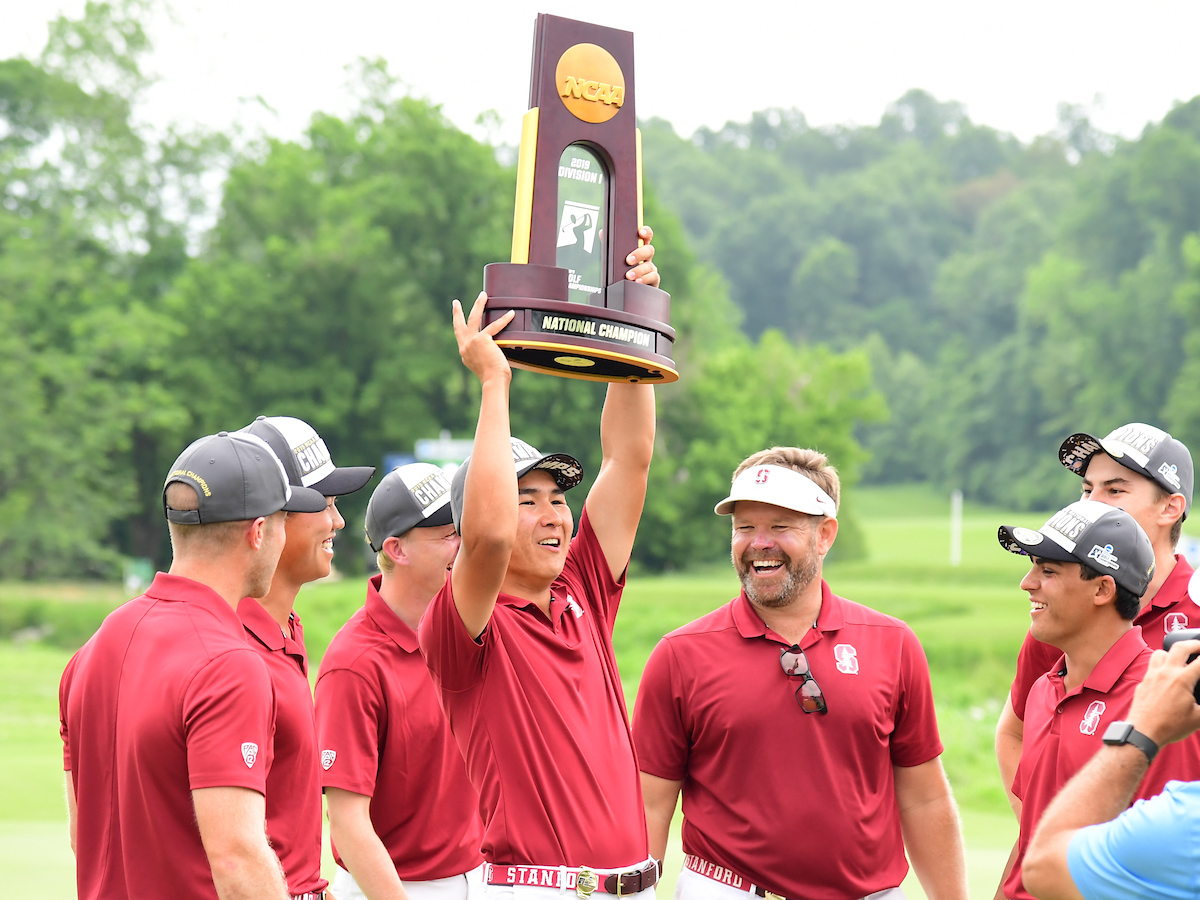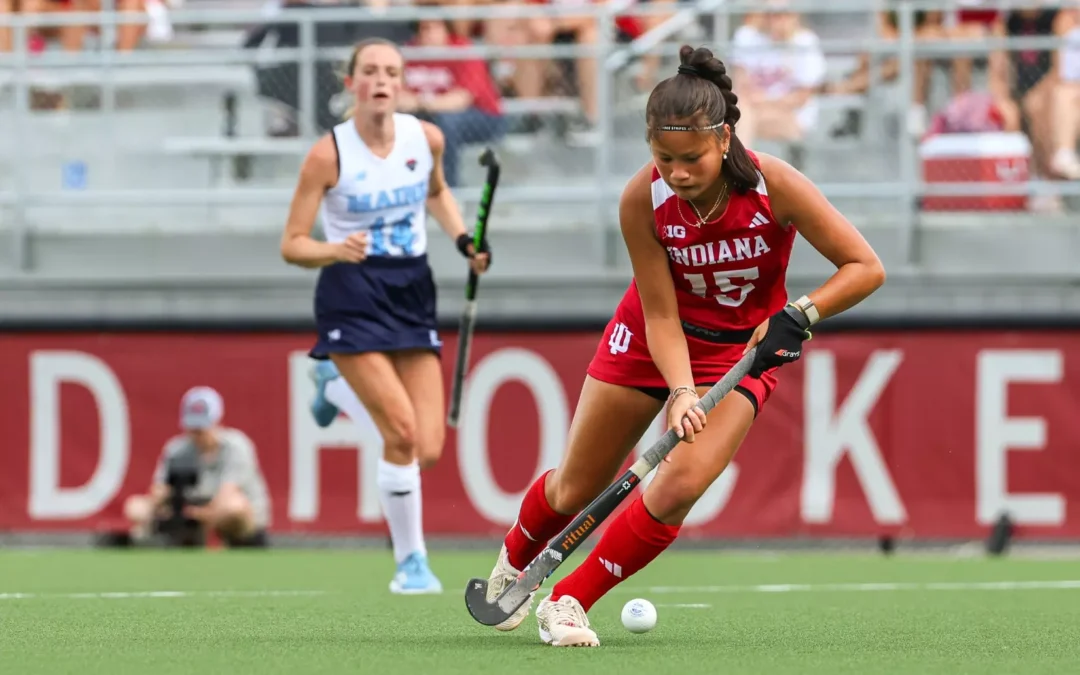Studying at an American university while continuing to play golf competitively is a reality for a growing number of international golfers. Whether you’re competing in top national tournaments or are motivated to improve your scores, as long as you have ambition and perseverance, there are opportunities at every level. But what level do you actually need to be considered for an athletic scholarship in America?
In this article, we explain how the American college system works, what college golf levels exist in the USA, and how your current golf level translates to a spot in the NCAA, NAIA of NJCAA.
The key to college golf: Your scores & handicap
To get an objective indication of your level, coaches initially look at two things:
Your scoring average (average score per round)
Your handicap / WAGR (World Amateur Golf Ranking)
A player with a scoring average around 72 belongs to a very different team than someone who averages 78. Your handicap is a supporting factor, but coaches primarily rely on your tournament scores from recognized competitions.
The Different College Golf Levels in America
In the U.S., there are several associations and divisions that govern college golf. The most important ones are:
NCAA Division I: The absolute top level
Division I is the absolute highest level of college golf in the U.S. Here you’ll find universities with the largest budgets, best facilities, and most golf scholarships. Full scholarships are possible, but the competition is fierce. To play in this division, you often need a WAGR ranking and a scoring average of 70–74 (men) and 72–76 (women).

NCAA Division II: Competitive but more balanced
This division is strong and professional but offers a better balance between sports and academics. Many international players find opportunities here. Scholarships are generally partial, but when combined with an academic scholarship, they can still cover a large portion of the costs. The level is diverse, but generally, players have a scoring average of 73–77 (men) and 75–80 (women).
NCAA Division III: Academic focus comes first
Division III is structured differently: no athletic scholarships are awarded here. However, you can count on academic scholarships or financial support through other channels. The level of athletics can be surprisingly high, but the focus is more on academics. The level varies widely in this division, and there’s a place for everyone.

NAIA: More flexible with the rules
NAIA: More Flexible Rules The National Association of Intercollegiate Athletics, like the NCAA, is an athletic association often composed of smaller private schools. The level is diverse, but players generally have a scoring average of 75–80 (men) and 76–82 (women).
NJCAA: League of two-year colleges
The National Junior College Athletic Association is the athletic organization for universities that offer two-year programs, known as Community Colleges. After earning your associate’s degree, you can transfer to an NCAA or NAIA university without any academic delay. The level here also varies, but it is generally comparable to the NAIA and NCAA Division II.
What do coaches look at?
Initially, you’ll grab the attention of U.S. coaches primarily based on your scoring average, handicap, and WAGR ranking. Video footage of all your shots is also crucial, as the chance of receiving a scholarship without a good, professional video is small. But to determine if you are the right fit for the team, coaches look at the following complete package:
- Tournaments & Level of Competition: Where do you play your rounds? A scoring average of 74 on a regional course is less impressive than a 76 against strong international players in top competitions. Coaches will check if you compete in national championships, international events, or strong junior tours.
- Course difficulty & slope rating: College coaches often ask for details about the course (length, par, rating/slope). A score of +2 on a 7,200-yard course with a slope rating of 140 is much more valuable than shooting par on an easy 6,000-yard course.
- Mental & Physical Strength: How do you handle pressure? How physically fit are you? Collegiate golf has an intense schedule with a lot of travel and sometimes 36 holes a day.
- Academic Profile: Besides your golfing abilities, coaches also look at your academic performance. This includes your high school grade point average (GPA) and your scores on tests like the TOEFL and SAT/ACT.
- Character & Team Fit: College golf is played in a team format. Coaches pay close attention to your mentality, leadership skills, and whether you would be a good fit for the team.

Your American dream begins here
Whether you’re playing under par and dreaming of a professional career or you’re a motivated 8-handicapper who wants to combine sports and studies, there is a place for you. The goal isn’t to find the “best” school, but the school that is the best fit for you.
Tip: Start on time! Coaches often fill their rosters 1–2 years in advance. The earlier you begin your preparations, the greater your chance of finding the ideal golf experience.
Ready to take the first step?
Curious if your scores and profile are a match for college golf in the U.S.? Contact us for a free, no-obligation evaluation and discover your possibilities!











